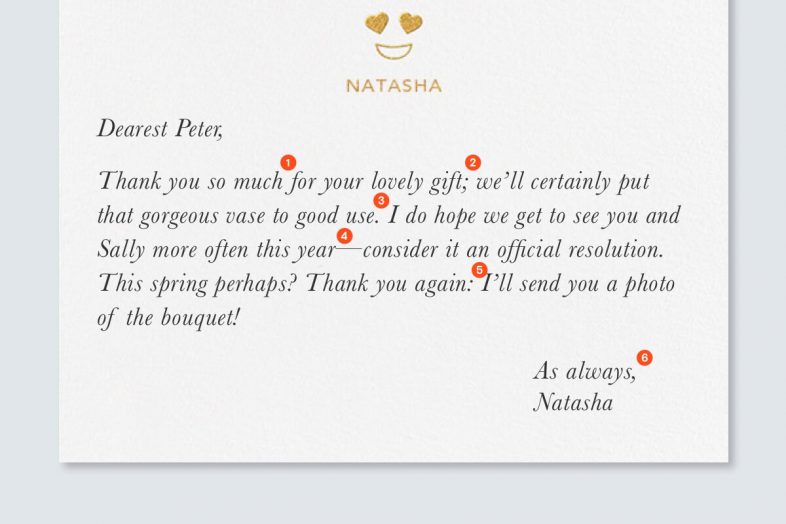
Expressing Gratitude: The Art of Crafting Meaningful Thank You Cards
In the tapestry of human interactions, expressing gratitude has woven itself into a thread of utmost importance. A heartfelt thank you holds the power to bridge gaps, strengthen connections, and leave an everlasting impression. Whether it’s a simple note or an elaborate gesture, the art of crafting a meaningful thank you card is a skill that deserves close attention.
As I glanced through my mailbox one afternoon, a plain white envelope caught my eye. Curiosity piqued, I gingerly opened it to discover a handwritten thank you card from a former student. Her words flowed effortlessly across the page, expressing her heartfelt appreciation for my guidance and support. The warmth of her sentiments filled me with joy and made my day.
The Elements of a Thankful Heart
Personalization and Specificity
The essence of a meaningful thank you card lies in its personalization. Take the time to tailor your message to the recipient, acknowledging their specific actions or gestures. Instead of generic expressions, focus on highlighting the tangible impact their deeds have had on you. By being specific and heartfelt, your words will resonate deeply with the receiver.
Timeliness and Promptness
The sooner you express your gratitude, the stronger the impression you make. A prompt thank you conveys your appreciation while the memory is still fresh in the recipient’s mind. It also demonstrates your mindfulness and thoughtfulness, which are qualities that often leave a lasting positive impression.
Crafting the Perfect Thank You Card
1. Begin with a Sincere Opening
Start your card with a warm and genuine greeting. Address the recipient by name and express your gratitude clearly. Consider opening with a personal anecdote or a specific memory that encapsulates their kindness.
2. Express Your Appreciation
The heart of your thank you card lies in expressing your appreciation. Use specific details and examples to demonstrate how their actions have positively impacted you. Avoid vague or generic language; instead, strive to craft a message that is both meaningful and memorable.
3. Share the Impact
Go beyond mere words of thanks and delve into the tangible impact their actions have had on you. Explain how their support, guidance, or thoughtfulness has made a genuine difference in your life. By sharing the impact, you reinforce the significance of their actions and deepen the emotional connection.
4. Close with a Gracious Note
End your thank you card on a positive and gracious note. Reiterate your gratitude and express your hope for continued relationships or interactions. You can also include a personal touch, such as a handwritten signature or a brief anecdote that reflects your appreciation.
5. Add a Personal Touch
Consider adding a personal touch to your thank you card. It could be a handwritten note, a small gift, or a photo that captures a special moment shared between you and the recipient. These small gestures can elevate your message and make it truly memorable.
Tips for a Meaningful Thank You
1. Handwritten vs. Typed:
While both handwritten and typed thank you cards can be equally meaningful, the personal touch of a handwritten note often carries a greater impact. The act of physically writing out your gratitude adds a layer of sincerity that can be deeply appreciated.
2. Language and Tone:
The language and tone of your thank you card should be sincere, warm, and personal. Avoid using formal or overly professional language; instead, opt for a conversational tone that reflects the nature of your relationship with the recipient.
FAQ
Q: What is the purpose of a thank you card?
A: A thank you card is an expression of gratitude for a gift, gesture, or support received. It is a way to acknowledge and appreciate the kindness and consideration of others.
Q: When should I send a thank you card?
A: It is generally considered appropriate to send a thank you card within a week of receiving a gift or experiencing an act of kindness. However, it is never too late to express gratitude, even if you are sending a delayed thank you.
Q: What should I include in a thank you card?
A: A meaningful thank you card should include a sincere opening greeting, an expression of gratitude, a specific example of the impact their actions have had, a closing note, and a personal touch if desired.
Embrace the Power of Gratitude
Expressing gratitude through heartfelt thank you cards is an art that has the power to transform relationships, strengthen connections, and make a positive impact on the world. By following the guidelines and tips outlined in this article, you can craft meaningful thank you cards that will leave a lasting impression and foster a culture of appreciation and kindness.
Are you interested in learning more about the art of effective thank you cards? Let us know in the comments below!

Image: www.pinterest.com